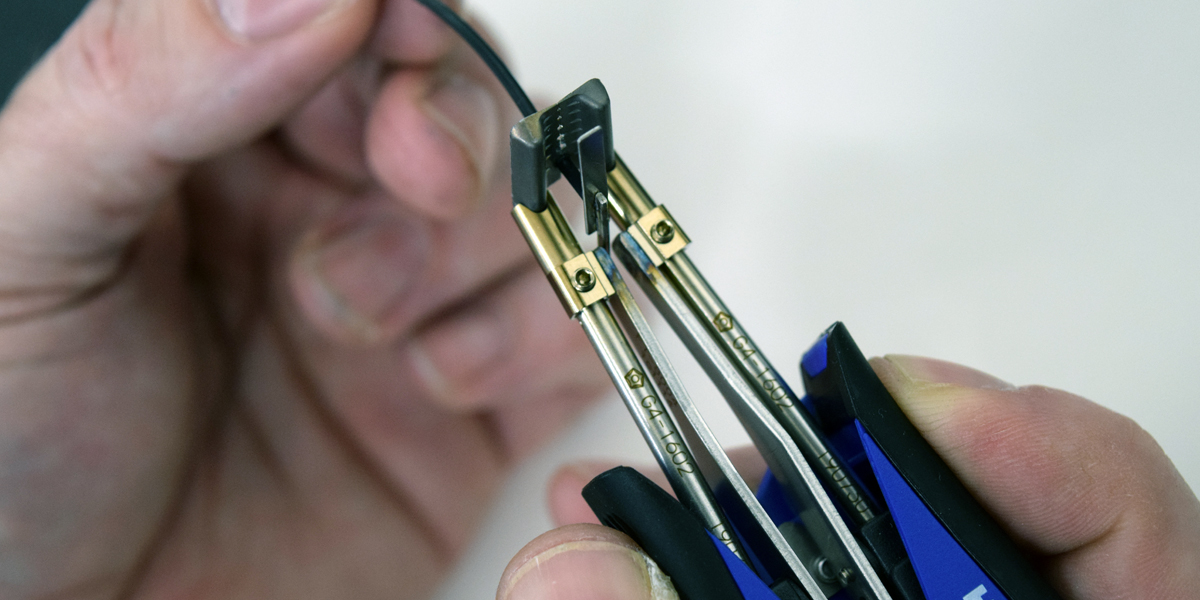In the realm of high-performance electromagnetic components, precision is key. One of the essential techniques ensuring this precision is skilled hand soldering and pin crimping. These techniques are critical for maintaining the integrity, reliability, and functionality of electromagnetic components. Let’s delve into this intricate art and explore how it elevates the quality of the final product.
The Art of Hand Soldering
Understanding Hand Soldering:
Hand soldering is a manual technique that involves melting a soldering wire (solder) onto a joint to connect two components securely. This process ensures the electrical and mechanical continuity vital for the component’s performance.
Why Hand Soldering Matters:
- Precision Connections: Hand soldering allows skilled technicians to create precise connections even in compact or intricate electromagnetic components.
- Customization: Each component may require a unique soldering approach. Skilled hand soldering ensures that the technique is tailored to the specific needs of the component.
- Quality Assurance: Technicians can closely monitor the soldering process, enabling real-time adjustments to maintain the highest quality standards.
The Process:
- Surface Preparation: Proper cleaning and preparation of the surfaces to be soldered is crucial for a strong bond.
- Flux Application: Flux is applied to the surfaces to promote solder flow and enhance the bond.
- Solder Application: The soldering iron is used to melt the solder wire, which then flows into the joint, creating a secure connection when it solidifies.
- Inspection and Testing: Each soldered joint is carefully inspected to ensure it meets the required specifications and is functional.
The Importance of Pin Crimping
Understanding Pin Crimping:
Pin crimping involves attaching a pin or terminal to a wire by compressing and deforming the pin to hold the wire securely. This process is vital for creating strong and reliable electrical connections.
Why Pin Crimping Matters:
- Durability: Crimped connections are highly durable and resistant to vibrations and mechanical stress.
- Consistency: Using a precise crimping tool ensures uniform crimps, maintaining consistency in the quality of connections.
- Cost-Effectiveness: Pin crimping is a cost-effective method for creating reliable connections without the need for soldering.
The Process:
- Strip and Prepare Wire: The wire is stripped to expose the conductive core and then properly prepared for crimping.
- Select the Appropriate Terminal: The right terminal for the wire gauge and application is chosen.
- Position and Crimp: The wire is placed into the terminal, and the crimping tool is used to compress the terminal, creating a secure connection.
- Inspection and Testing: Each crimped connection is inspected to ensure it meets the necessary standards and is functional.
The Harmony of Hand Soldering and Pin Crimping
When it comes to electromagnetic components, often a combination of hand soldering and pin crimping is utilized to achieve the desired results. Hand soldering ensures precision for specific joints, while pin crimping provides durable and consistent wire-to-pin connections.
Key Takeaways:
- Skill Matters: Skilled technicians are crucial for achieving the precision and reliability required in hand soldering and pin crimping.
- Customization and Flexibility: The ability to adapt these techniques based on the component’s unique needs is essential for achieving optimal results.
- Quality Assurance: Regular inspection and testing at each stage of the process ensure that the finished electromagnetic components meet the highest quality standards.
In conclusion, mastering the art of skilled hand soldering and pin crimping is fundamental to creating high-performance electromagnetic components. The delicate balance of precision, skill, and technique elevates the functionality and durability of these components, ultimately enhancing the performance of the end product.
